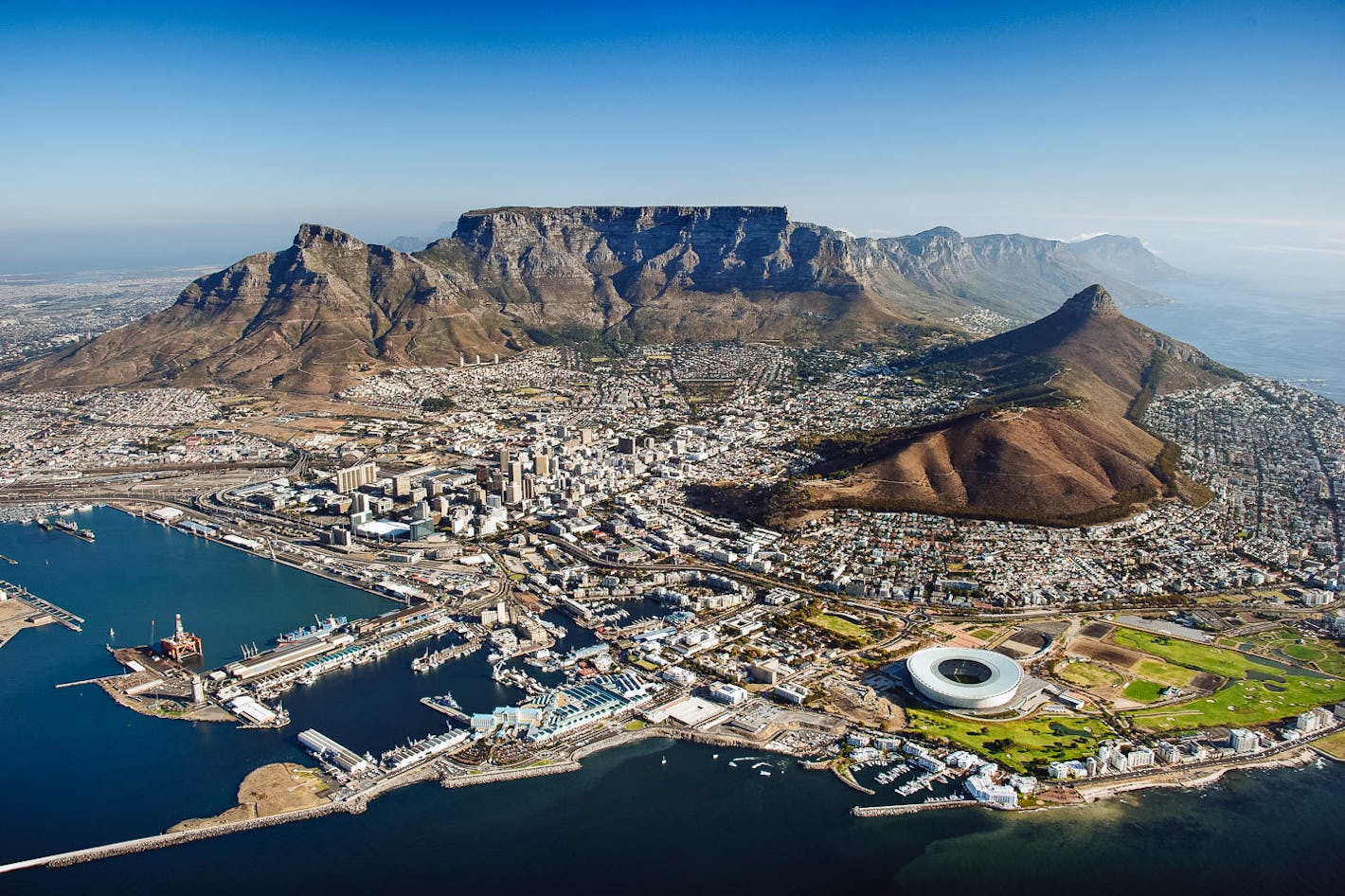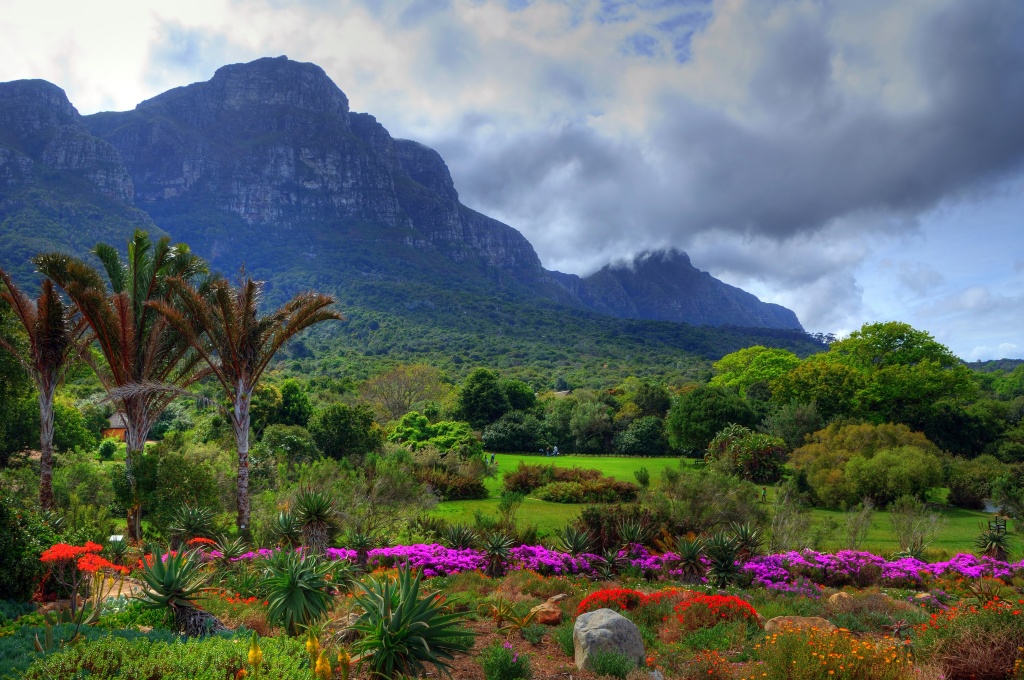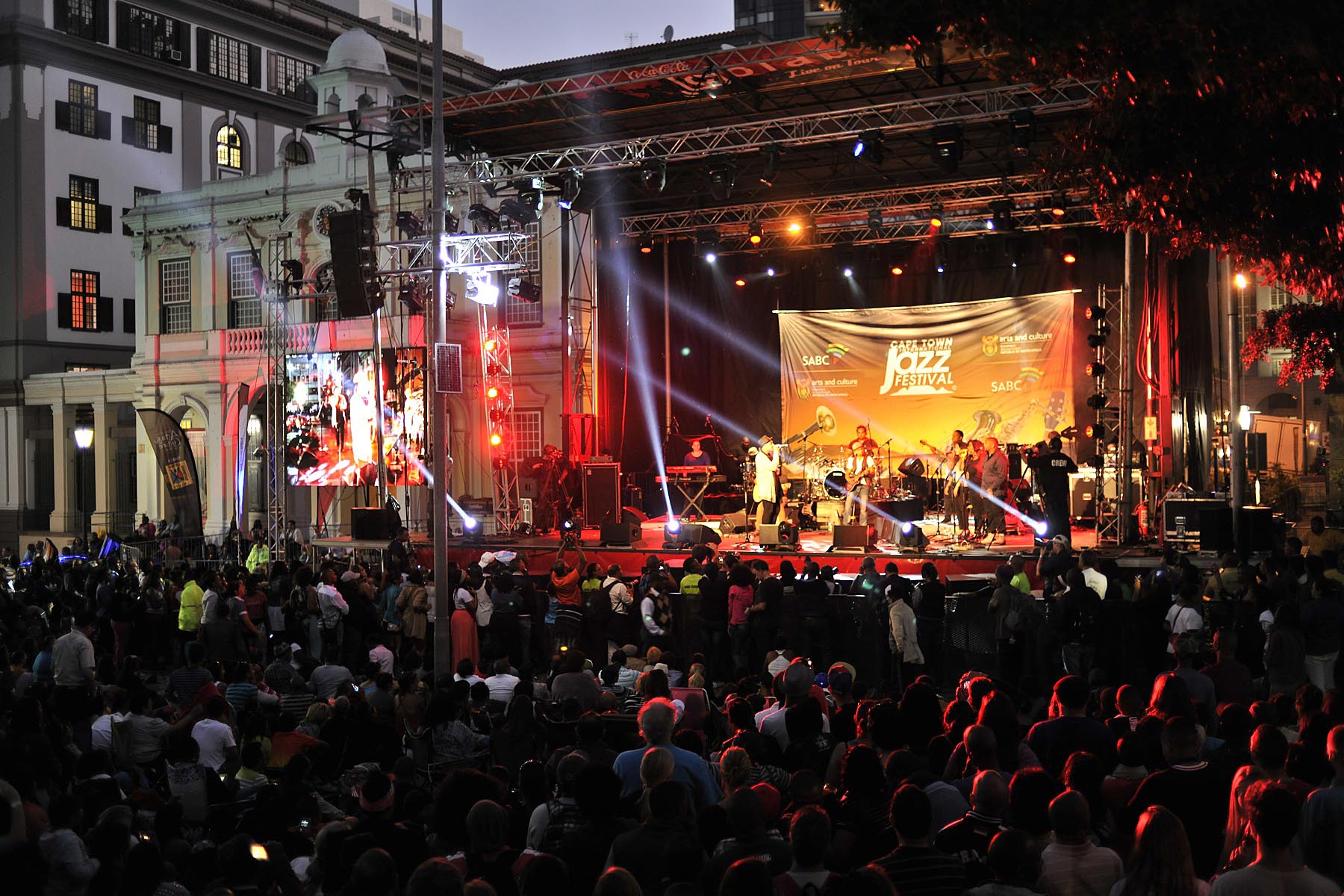Shipping connects the world with the journeys between ports. Take a journey through the port cities and get to know them. Standing between the majestic Table Mountain and the vast expanse of the Atlantic Ocean, Cape Town is a testament to the harmonious blend of history, culture and natural beauty.
Let’s learn more about the ‘mother city’ of South Africa and one of the most busy and important ports of Africa.
History of Cape Town
The oldest known traces of human habitation in the area, which date to between 15,000 and 12,000 years ago, were discovered near Fish Hoek’s Peers Cave. Since there is no written history of the area prior to Portuguese explorer Bartolomeu Dias’s first mention, not much is known about the history of the original inhabitants of the region.
When Dias landed in 1488, he was the first European to set foot in the region and gave it the name “Cape of Storms” (Cabo das Tormentas). John II of Portugal subsequently dubbed it “Cape of Good Hope” (Cabo da Boa Esperança) in recognition of the immense hope that the establishment of a maritime route to the Indian subcontinent and East Indies had inspired.
First settled in 1652, the Dutch East India Company used the Table Bay shoreline as a refreshment station for its ships. This was the beginning of Cape Town. To assist the Dutch in defending the city from British invasion, the French installed a garrison in 1781, and their presence had an impact on the local way of life, including architecture and culture. During the British occupation in the 19th century, new ideas in parliamentary and judicial systems were introduced. Close connections were maintained with continental Europe, and Cape Town served as the entry point for European explorers to enter the interior of South Africa.
Numerous anti-apartheid movement figures have called Cape Town home. Nelson Mandela gave his first address in public following his incarceration on the balcony of Cape Town City Hall in one of the most well-known scenes commemorating the end of apartheid, just hours after his release on February 11, 1990. His address signalled the start of a new chapter in the history of the nation.
Cape Town as a Port City
Alongside the breathtaking view of Table Mountain surrounded by the rugged Peninsular and the expansive African hinterland beyond, Cape Town is one of the most well-known ports in Africa. The port will always be strategically and economically significant due to its location on one of the busiest trade routes in the world.
About 90,000 tonnes of grains are scheduled to be imported through the Port of Cape Town in a month on average. The most grains that can be expected to be imported through the Port of Cape Town in a single month is about 180,000 tonnes.
As the “Tavern of the Seas,” Cape Town serves common users for general goods, handles a growing number of containers, and has developed into a significant repair hub, particularly for the diamond and oil mining industries on the West Coast. When layby berths are included, there are a total of 34 berths.
Attractions in Cape Town
Situated at the southernmost point of Africa, Cape Town entices visitors with an array of breathtaking natural features, cultural attractions, and historical sites. Cape Town is situated in one of the world’s unique places.
Without Table Mountain’s unmistakable silhouette, it is impossible to imagine Cape Town. In addition to dominating the city skyline, this flat-topped marvel is a playground for hikers, wildlife lovers, and anybody looking for expansive views of the city and the Atlantic Ocean.
The Victoria & Alfred Waterfront is the pulsing heart of Cape Town. This vibrant harbour precinct offers a wealth of activities and skillfully combines history and innovation.
From the V&A Waterfront, a quick ferry ride will take you to Robben Island, a UNESCO World Heritage site that documents South Africa’s turbulent past. Robben Island, which once housed Nelson Mandela as a political prison, is today a moving museum that gives visitors a deep understanding of the nation’s struggle against apartheid and the victory of freedom.
Kirstenbosch National Botanical Garden is great if you’re looking for a peaceful retreat in the outdoors. This garden, tucked up against Table Mountain’s eastern slopes, highlights the remarkable biodiversity of the Cape Floristic Region. The region, which includes Kirstenbosch, was designated as a UNESCO World Heritage Site in 2004.
Cape Point and the Cape of Good Hope, are located at the southwestern extremity of the Cape Peninsula. Savour the striking shoreline vista, spot antelope and baboons, and stand at the iconic meeting place of the Atlantic and Indian Oceans. The breathtaking views from the ancient lighthouse atop Cape Point are likely to stay with you forever.
Culture of Cape Town
Cape Town is renowned for its rich architectural history, having the greatest concentration of Cape Dutch-style structures worldwide. The old government buildings in the Central Business District, Constantia, and Long Street are the best places to see examples of the Cape Dutch architectural style, which blends the architectural traditions of the Netherlands, Germany, France, and Indonesia.
Tourists love to go whale watching; during the mating season (August to November), they can see southern right whales and humpback whales off the coast; year-round, they can observe Bryde’s whales and orcas.
Mostert’s Mill in Mowbray, South Africa, is the only fully functional windmill. Constructed in 1796, it underwent restorations in 1935 and 1995.
The echoes of athletic fervour and musical cadence merge perfectly into Cape Town’s colourful cultural kaleidoscope, creating a tapestry as rich and varied as the city itself.
One of the most well-liked sports in South Africa is rugby union. The past two World Cups have been won by the men’s national team, fondly known as the Springboks. The Stormers, the city’s franchise, uses Newland Stadium for its home games.
Cape Town is infused with sport. With its deft strategic finesse, cricket has become ingrained in the city’s culture. Whether it’s a local club game with the famous Table Mountain in the background or a Proteas match played under the clear Cape Town sky
Football has just carved out a place for itself in Cape Town’s cultural landscape, while rugby and cricket remain strongholds.
The soul-stirring sounds that fill the air are essential to Cape Town’s cultural symphony. Music is a common language that unites Capetonians, from the sensuous sounds of jazz that find a home in the city’s diverse nightlife to the upbeat beats of ghoema music, which is based on Cape Malay customs.














